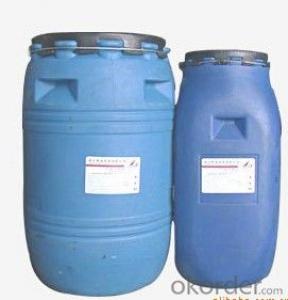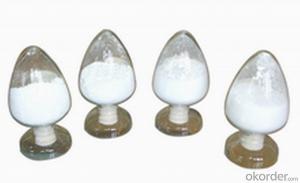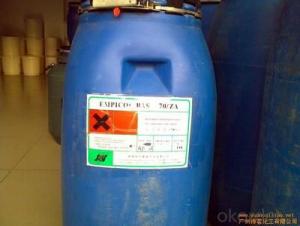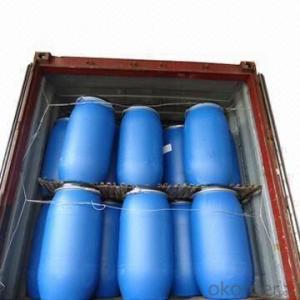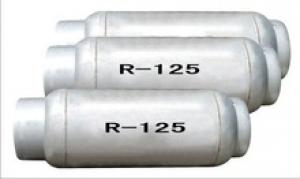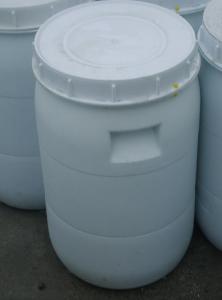BV TEST Fatty alcohol polyoxyethylene ether sodium sulfate (AES)
- Loading Port:
- China Main Port
- Payment Terms:
- TT OR LC
- Min Order Qty:
- -
- Supply Capability:
- -
OKorder Service Pledge
Quality Product, Order Online Tracking, Timely Delivery
OKorder Financial Service
Credit Rating, Credit Services, Credit Purchasing
You Might Also Like
Packaging & Delivery
| Packaging Detail: | Packing: Packed in plastic drums netted 170/220kgs |
| Delivery Detail: | 15day after TT or Lc |
Specifications
aes/ sles 70% surfactant material
1.high quality and low price
2.accept SGS check
3.fast delivery
4.Owning Factory
- Q: What does organic and inorganic mean?
- [Inorganic] inorganic is inorganic compounds referred to, usually refers to non-carbon compounds. A small number of carbon-containing compounds, such as carbon monoxide, carbon dioxide, carbonates, cyanides, etc. are also inorganic. Inorganic materials can be divided into oxides, acids, alkalis, salts and so on. Organic compounds Definitions Organic compounds usually refer to carbon-containing compounds, or hydrocarbons, and their derivatives, are collectively referred to as organic compounds.
- Q: Chemical life network: chemical (inorganic reaction, organic reaction) is equal to the life of life reaction?
- Inorganic chemistry is a science that studies experimental and theoretical explanations of the properties and reactions of all the elements and their compounds, in addition to hydrocarbons and their derivatives, and is one of the earliest disciplines in the development of chemistry.
- Q: What is a derivative of a hydrocarbon? What is an aromatic hydrocarbon derivative?
- Hydrocarbon derivatives include derivatives of linear and aromatic hydrocarbons such as chloroethane bromopropane bromobenzene
- Q: What is the meaning of organic ah, organic food on the human body what practical benefits
- Fertilizer point of view, mainly organic fertilizer. Human synthesis of the first organic matter --- urea, but also organic matter. Organic manure is mainly manure and stool, straw straw and so on.
- Q: What is the difference between hot and cold asphalt?
- I only heard the warm mix of asphalt. The How is cold asphalt defined? How much is it cool?
- Q: Organic chemistry studies the performance of hydrocarbons and their derivatives, either right or wrong
- Correct
- Q: Are hydrocarbons all organic?
- A series of organic compounds, also known as "hydrocarbons." Many types, according to the structure and nature,
- Q: Carboxylic acid and ester can form isomers. What are the conditions?
- The general formula for the carboxylic acid is RCOOH, and the general formula for the carboxylic acid ester is R? COOR? (R? May be a hydrogen atom). If the total number of carbon atoms in the R group in the carboxylic acid is the same as the total number of carbon atoms of the two R groups (R + R?) in the carboxylic acid ester and the total number of R atoms in the carboxylic acid is higher than that of the carboxyl groups R & lt; 1 & gt; R & lt; 2 & gt;), both of which constitute isomers, such as acetic acid and methyl formate, butyric acid and ethyl acetate, phenylacetic acid and methyl benzoate are all isomers.
- Q: Organic chemistry, carboxylic acid derivatives are not acid?
- Not necessarily
- Q: Is the carboxylic acid derivative and the substituted carboxylic acid the same concept?
- Substituted carboxylic acids can be thought of as hydrogenated atoms in the carboxylic acid molecules that are replaced by other functional groups. The most common is that the hydrogen atoms are replaced by halogen, hydroxyl, oxygen or amino groups to form a halogenated acid , Hydroxy acids, oxo acids or amino acids such as chloroacetic acid: ClCH2COOH
Send your message to us
BV TEST Fatty alcohol polyoxyethylene ether sodium sulfate (AES)
- Loading Port:
- China Main Port
- Payment Terms:
- TT OR LC
- Min Order Qty:
- -
- Supply Capability:
- -
OKorder Service Pledge
Quality Product, Order Online Tracking, Timely Delivery
OKorder Financial Service
Credit Rating, Credit Services, Credit Purchasing
Similar products
Hot products
Hot Searches
Related keywords







